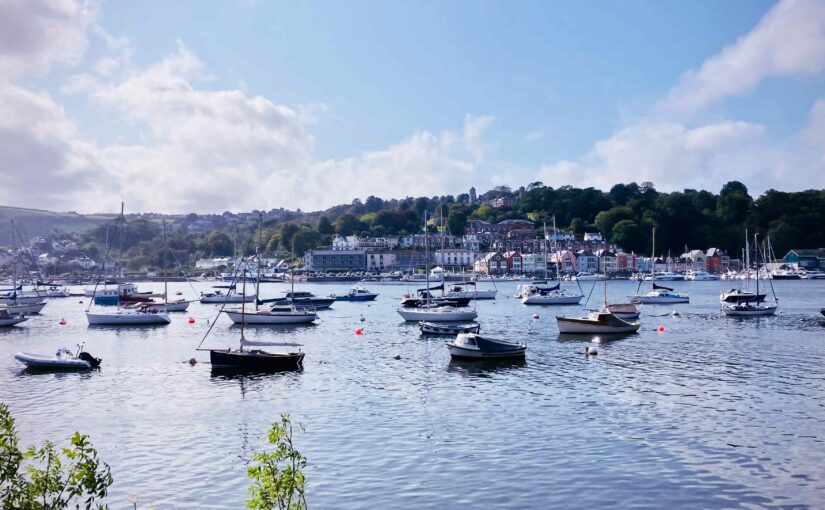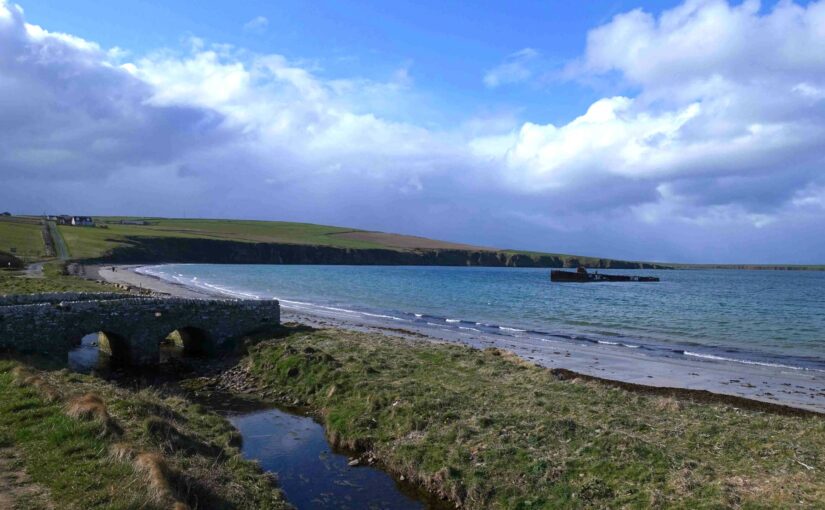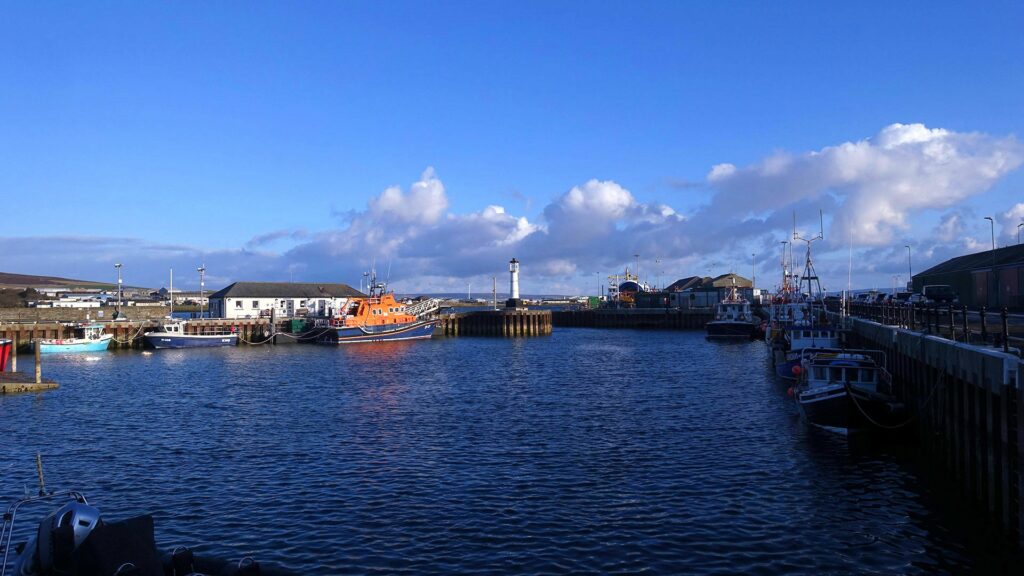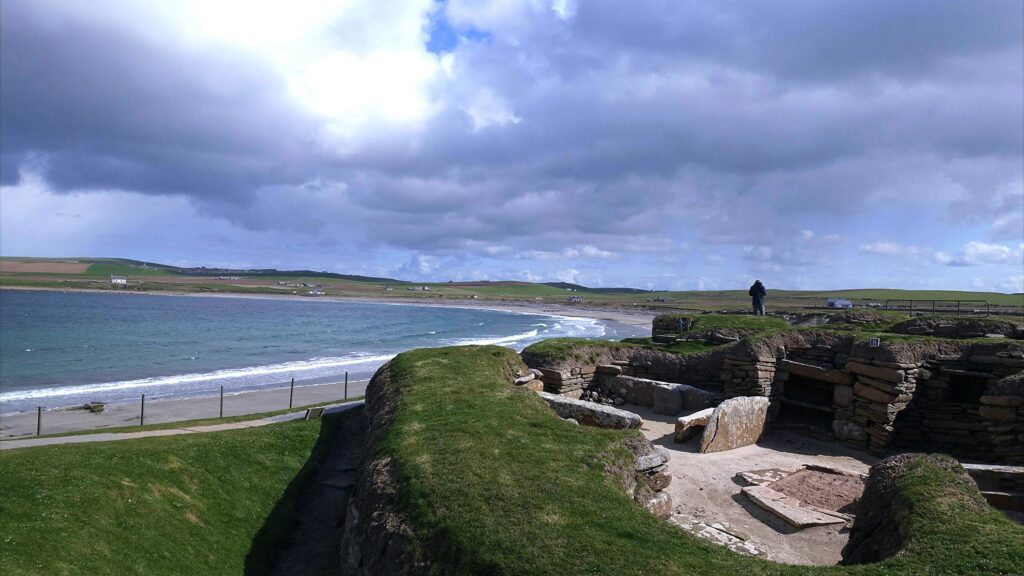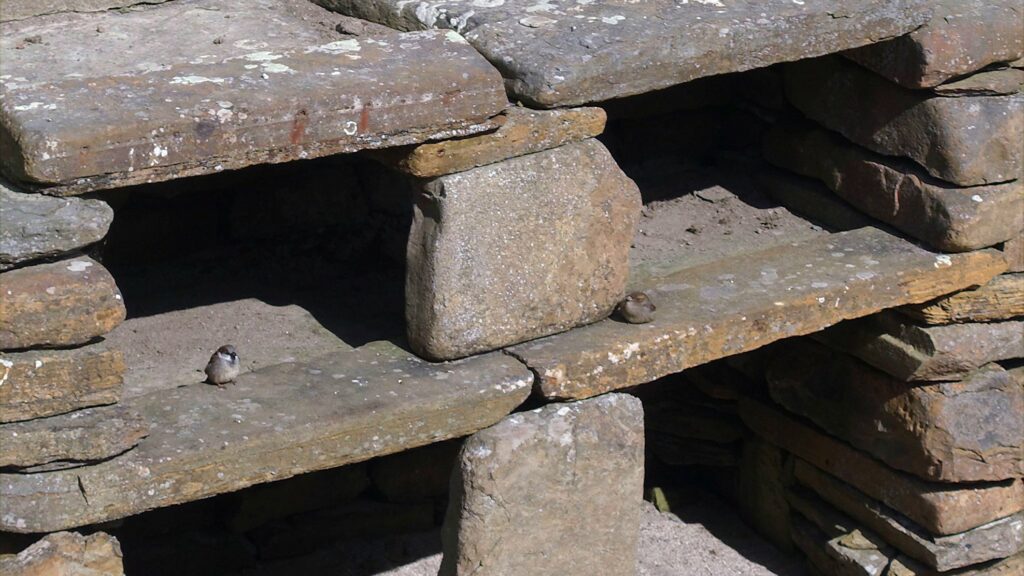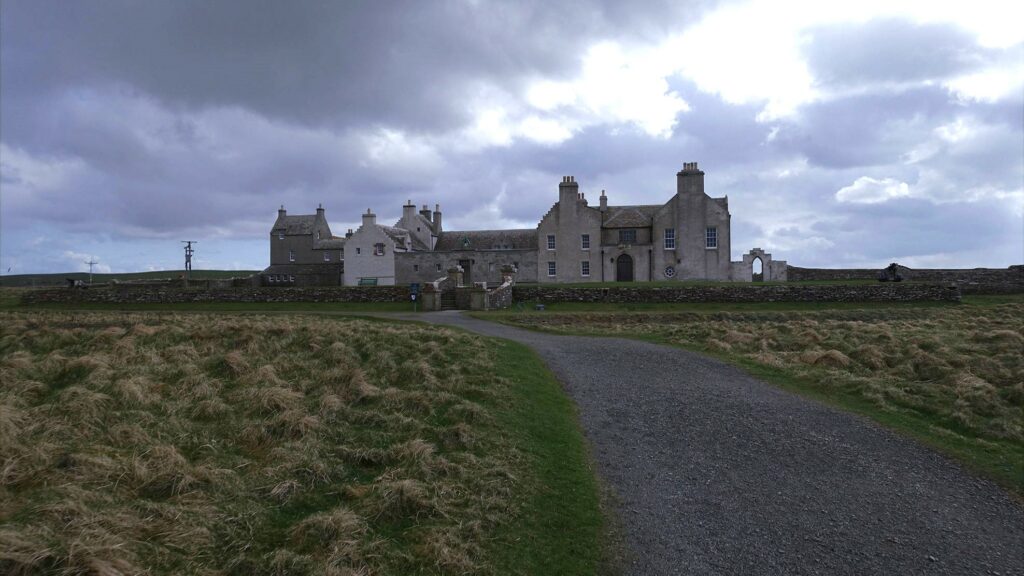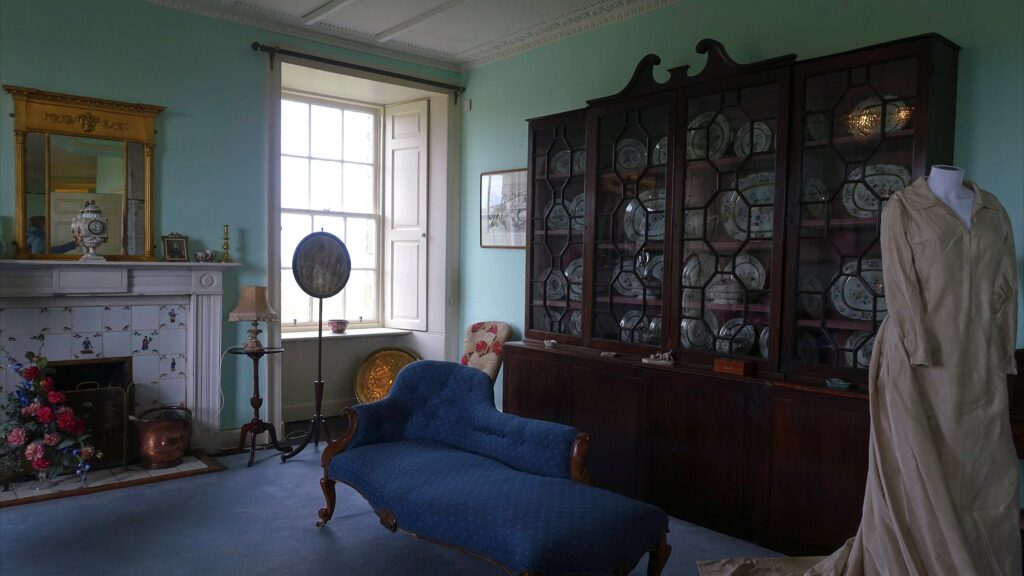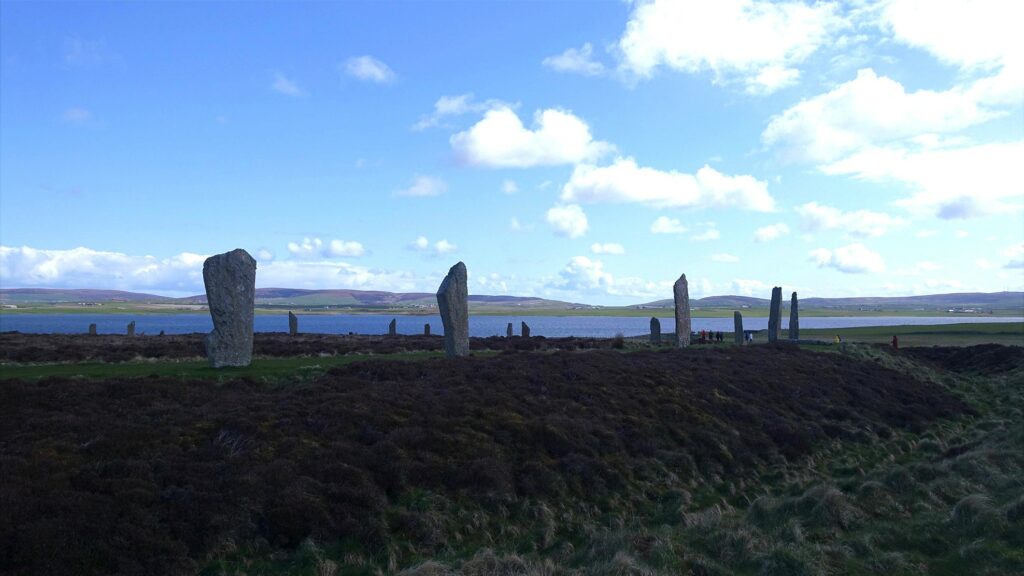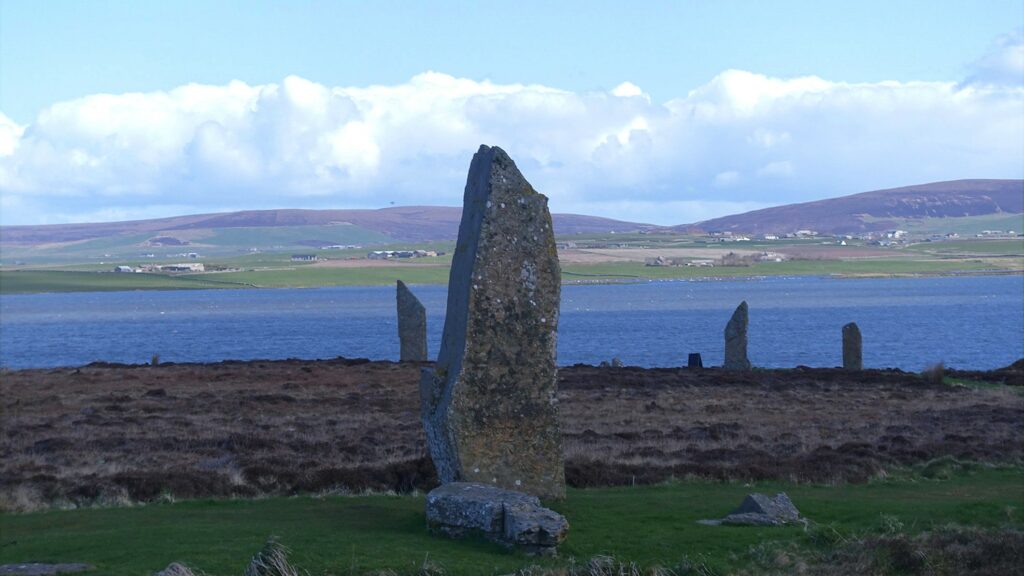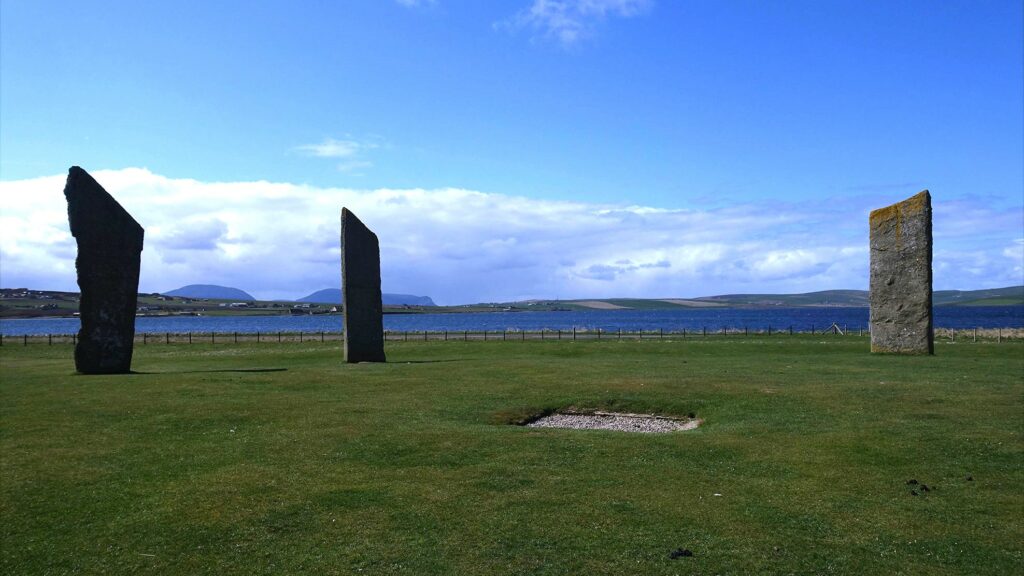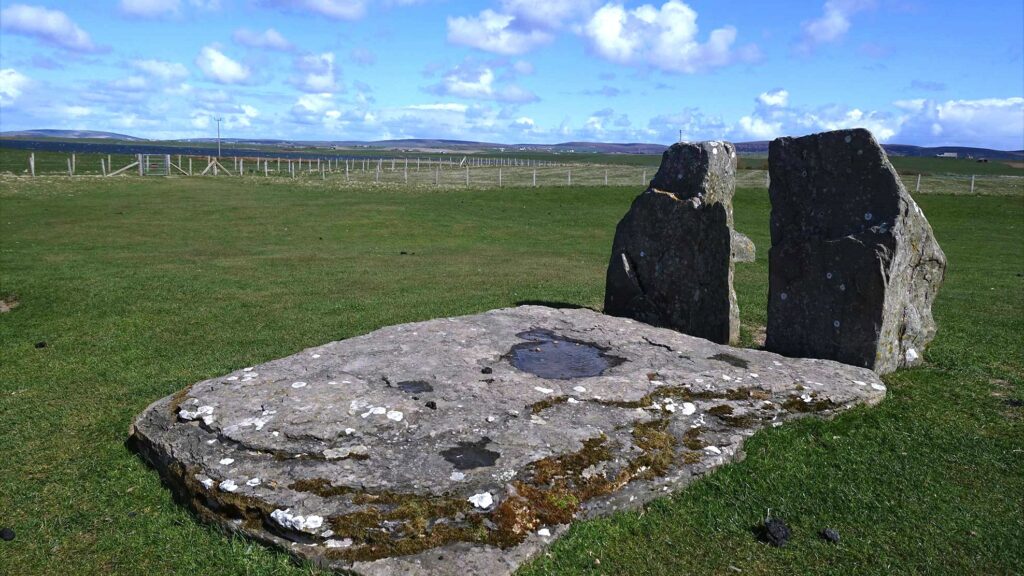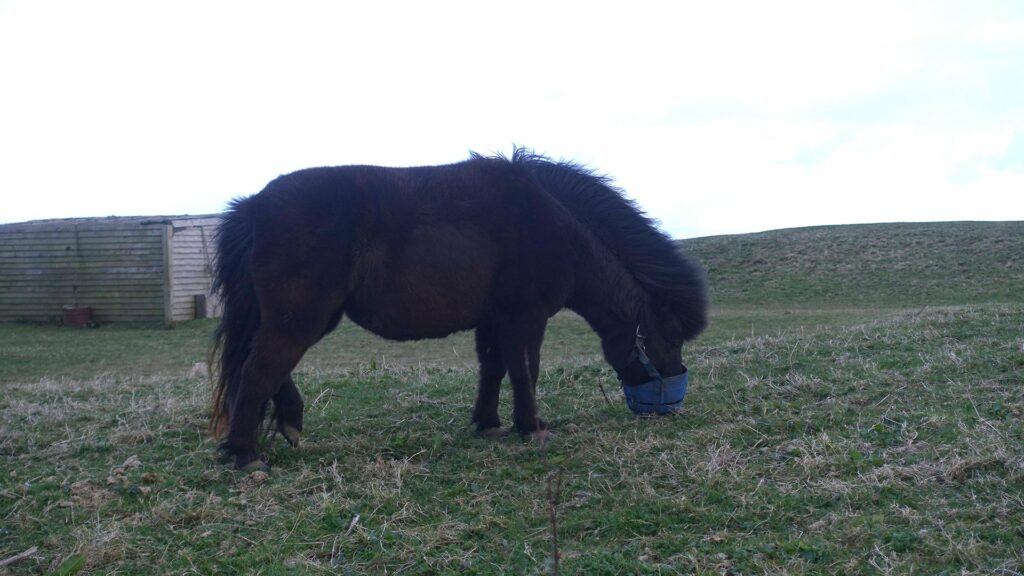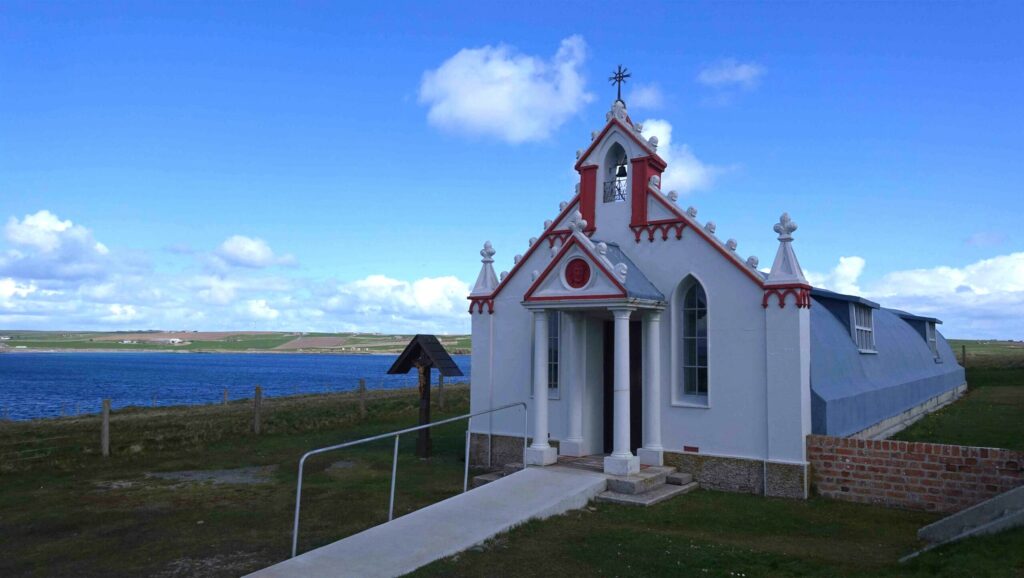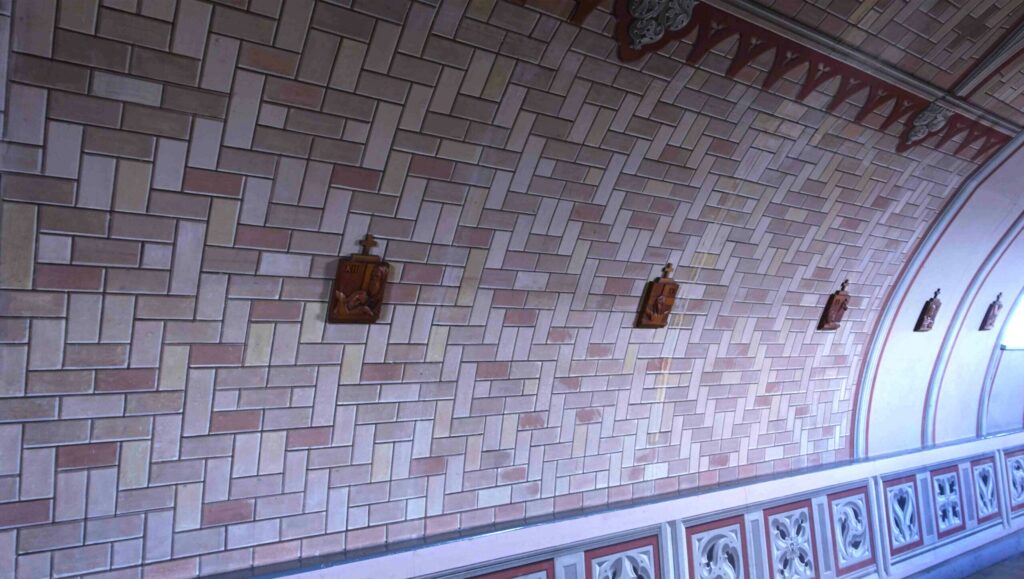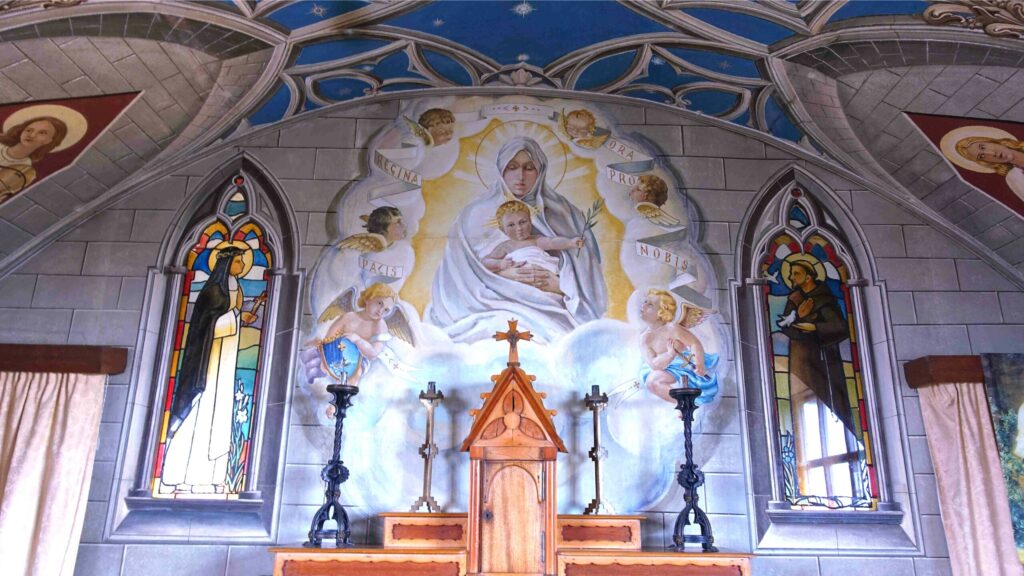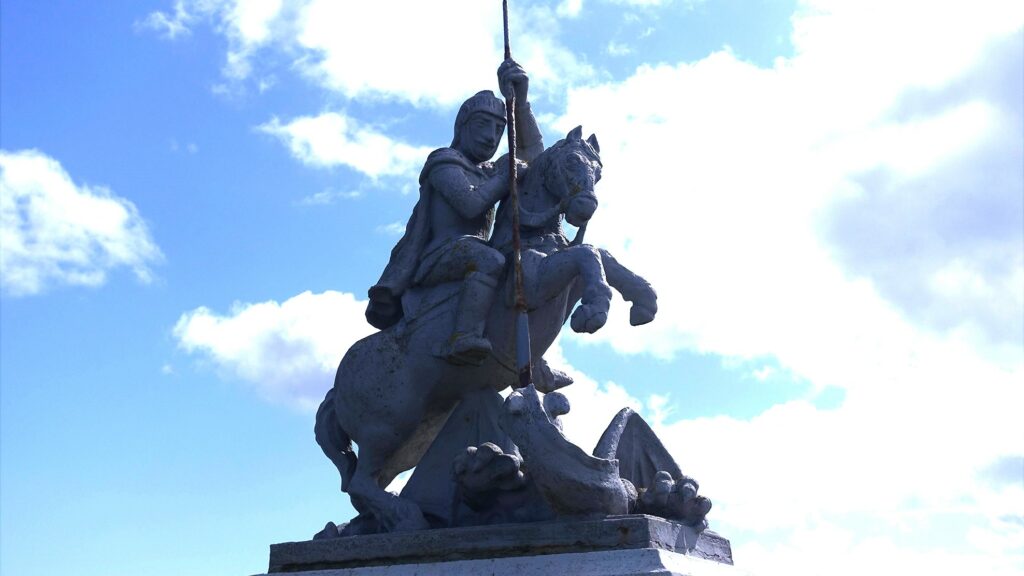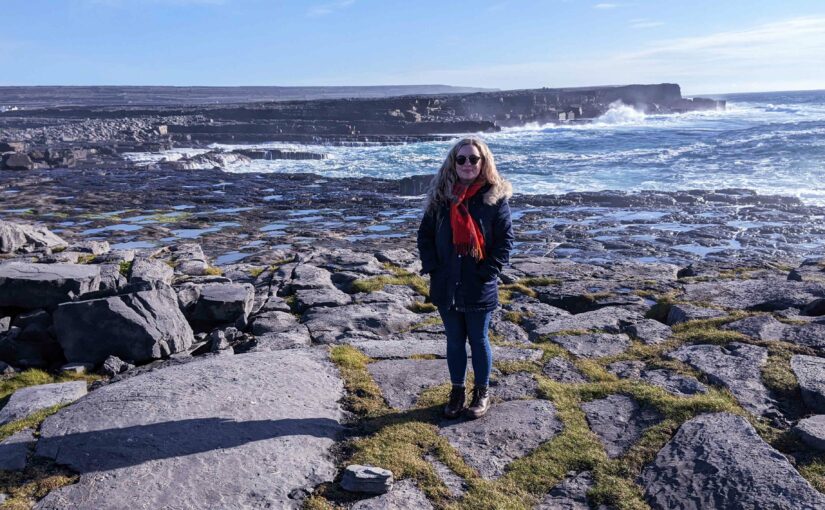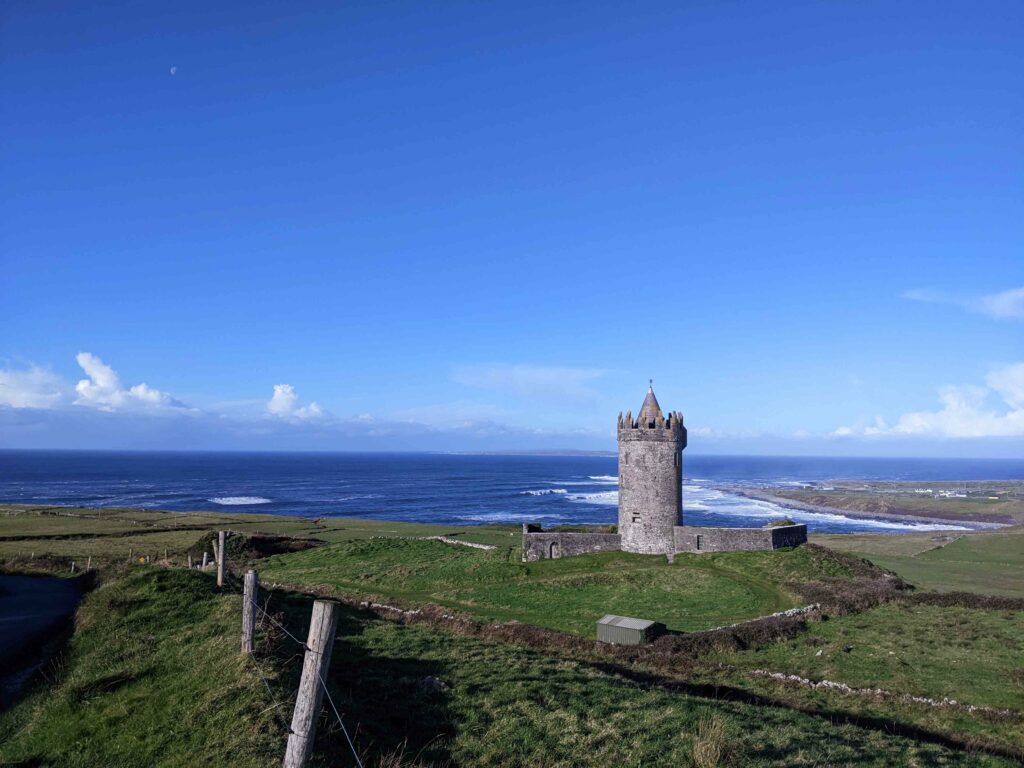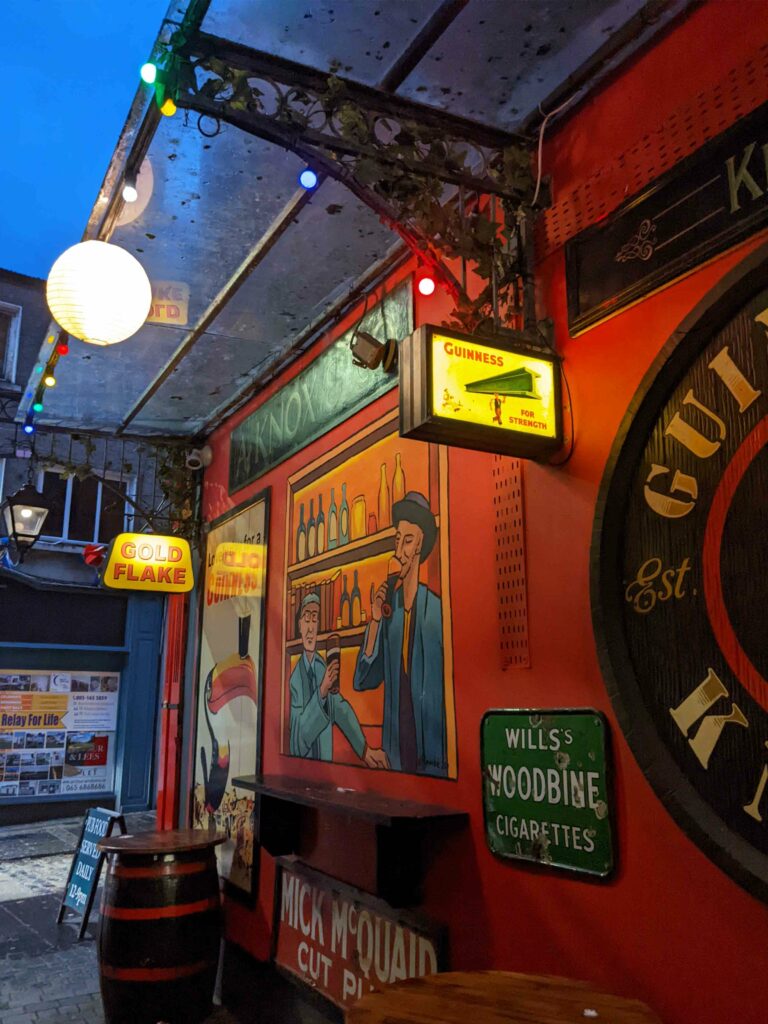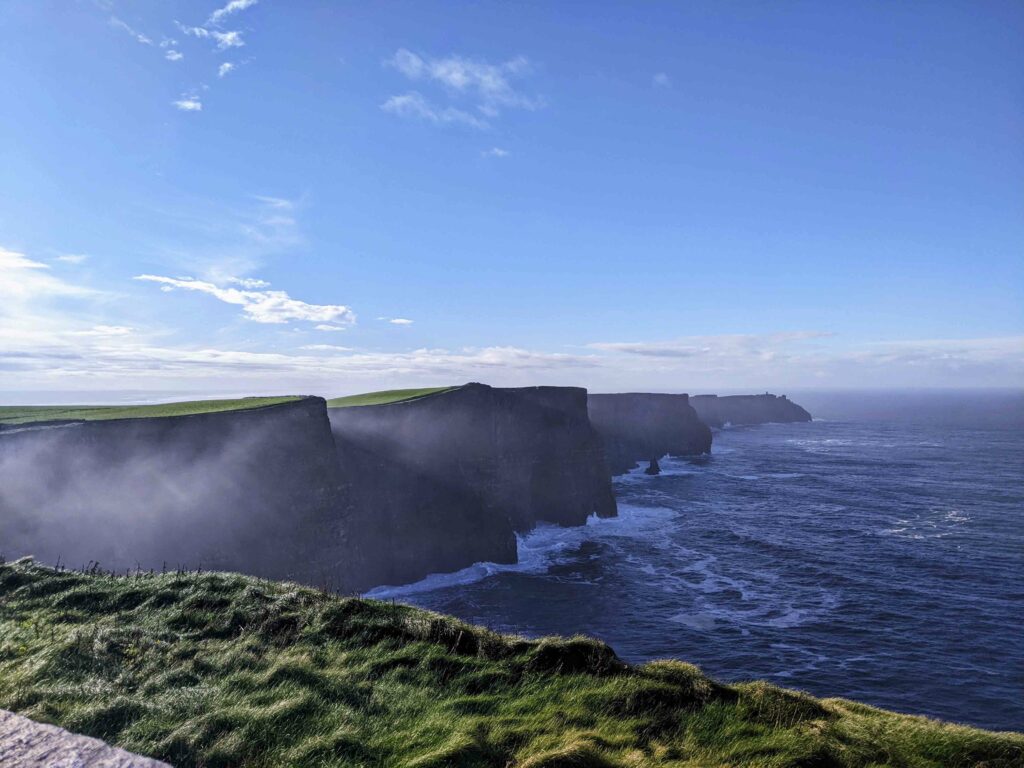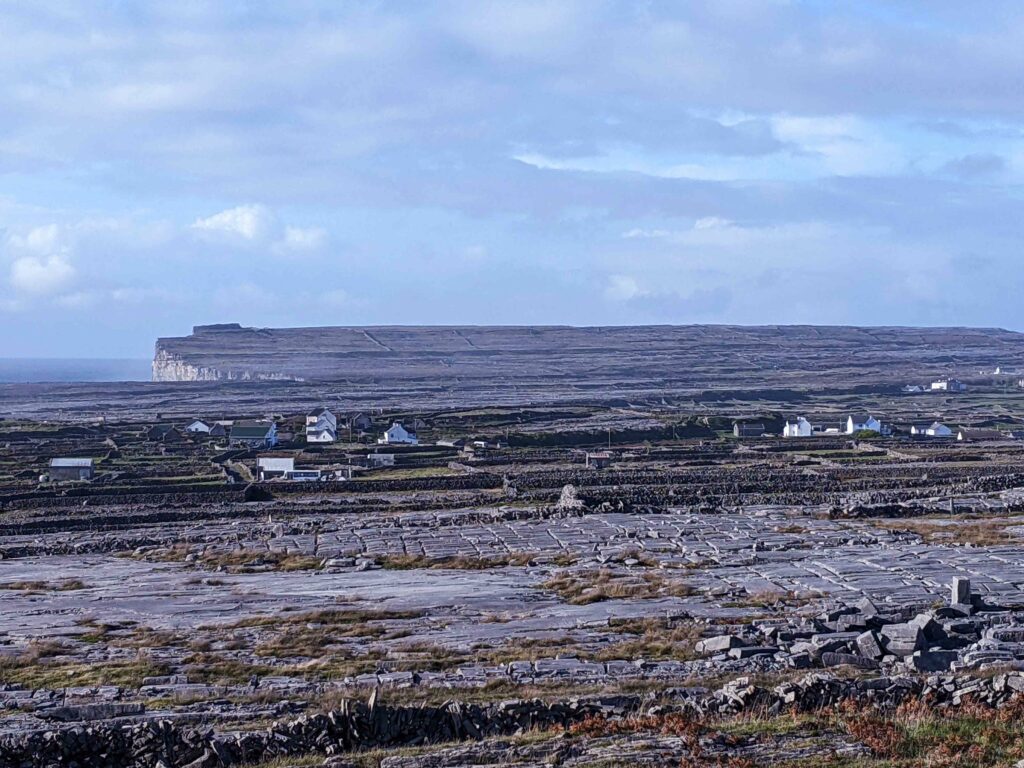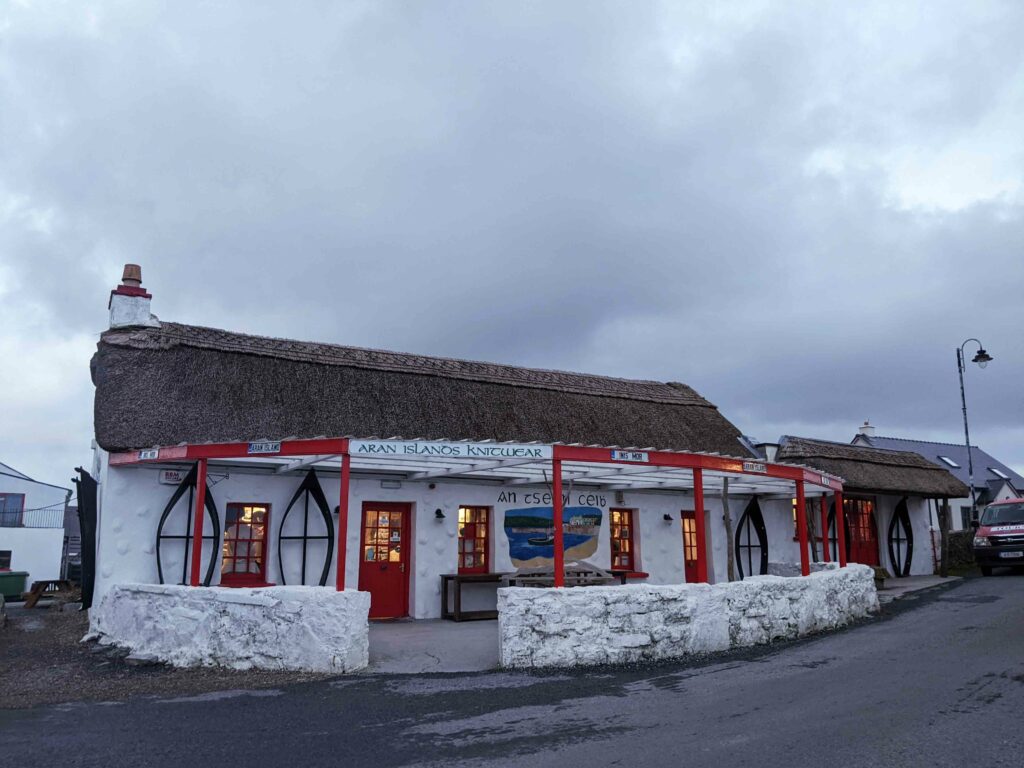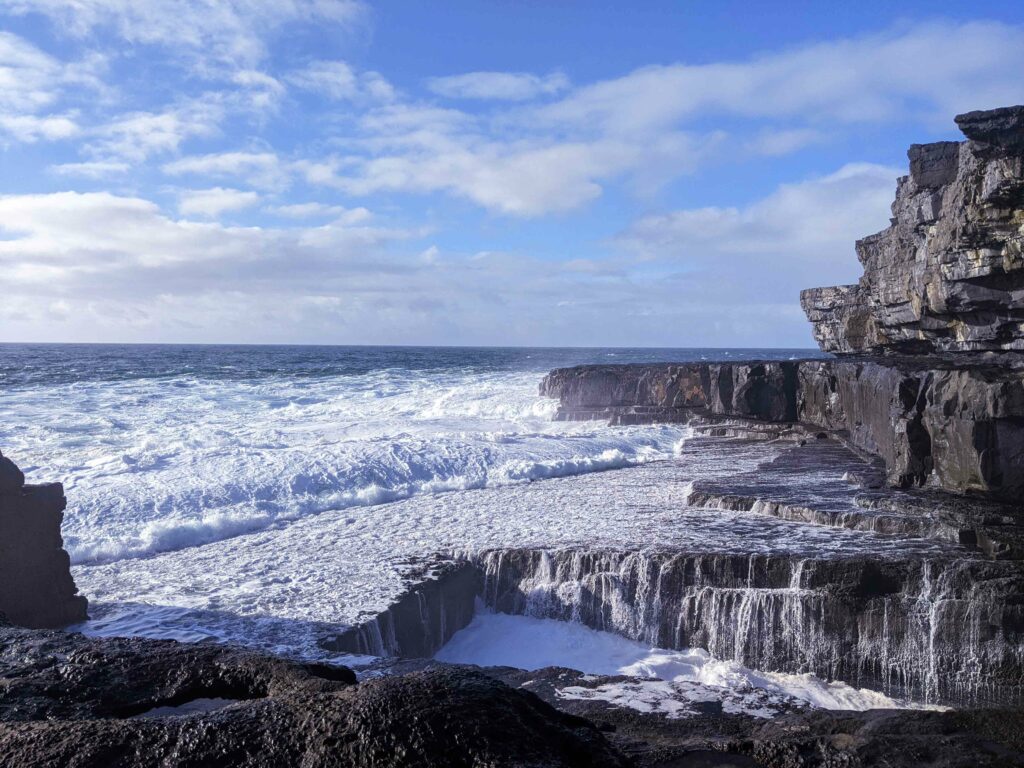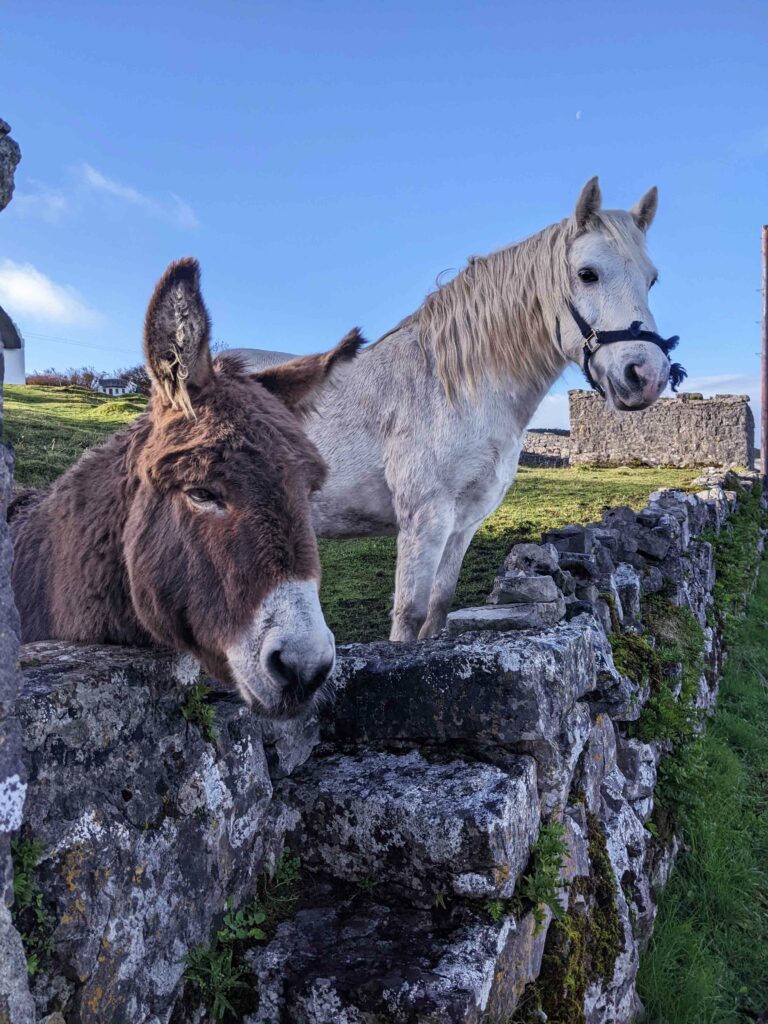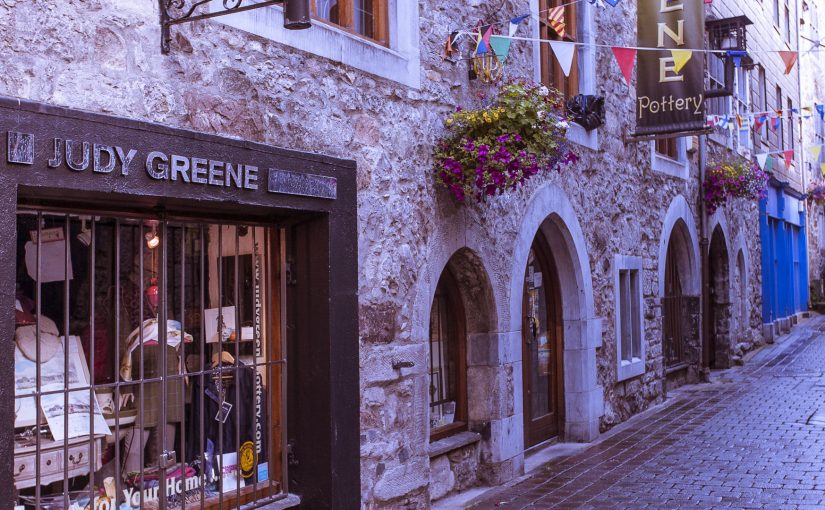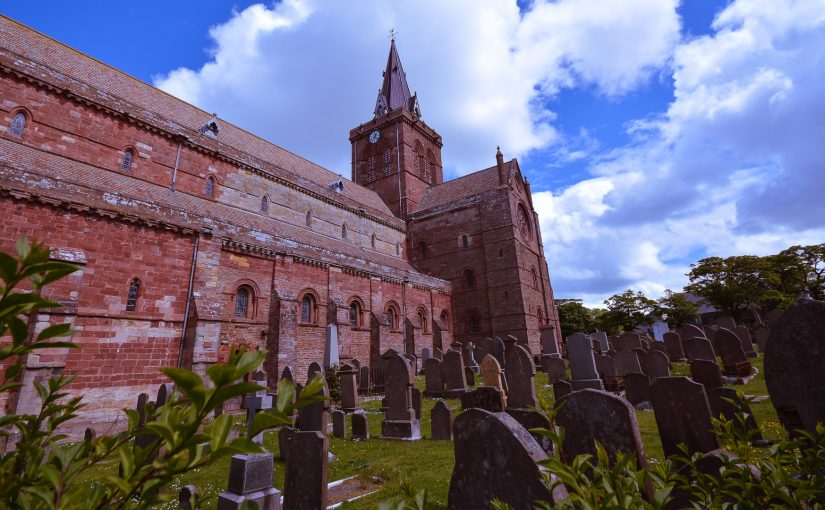The adventure began with my train journey from the centre of Glasgow. Comfortably seated, I found myself a little bit hypnotised weaving through picturesque landscapes down the length of the country to the historic city of Bath. With its stunning architecture, elegant tree-lined crescents and ancient Roman influences, it was a beautiful welcome to a fascinating location.
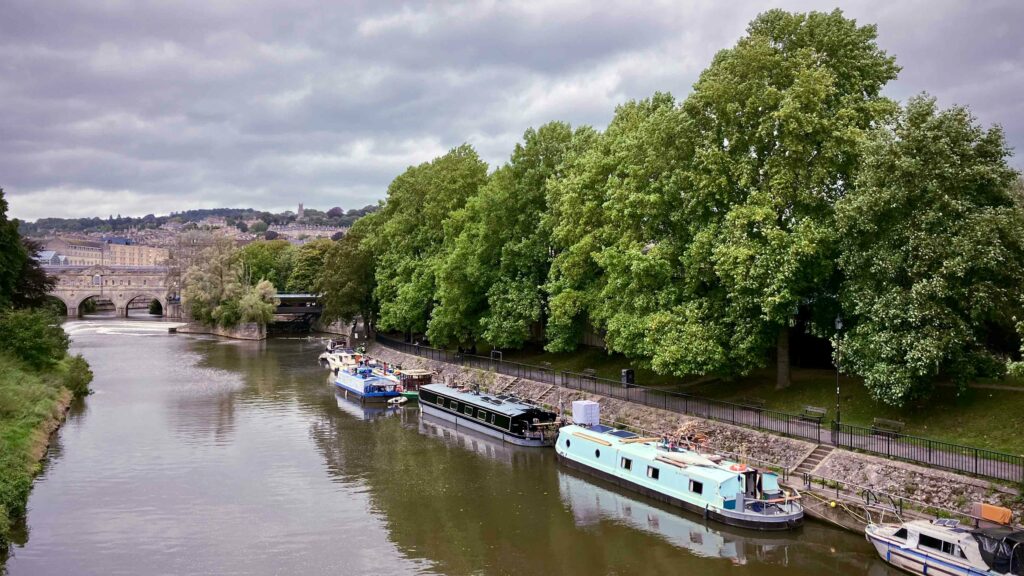
I was joining up with a group of fellow travellers – none of whom I’d met before – but all of us keen to explore as much as we could of what the South West had to offer. On arrival I soon had the chance to introduce myself and get to know the half-dozen others who’d be joining me on the tour. In the stylish surroundings of our hotel bar we soon established a connection, over our shared passion for travel and a desire to experience new places. One of the key memories from the trip was the people – great conversations, the delight of discovery and many shared laughs.
Next day, fortified by a hearty and delicious breakfast, we headed South Eastwards out and along the scenic route to Salisbury Plain and the world-famous neolithic mystery that is Stonehenge. This is where being accompanied by an expert guide made a real difference, with its storied history being brought to vivid life with tales of druids, magic and thousands of years of theories about its purpose. There’s something immensely powerful about standing in the stone circle’s presence and it’s hard not to be awestruck by the sheer effort that it would have taken to create such a structure at this scale.
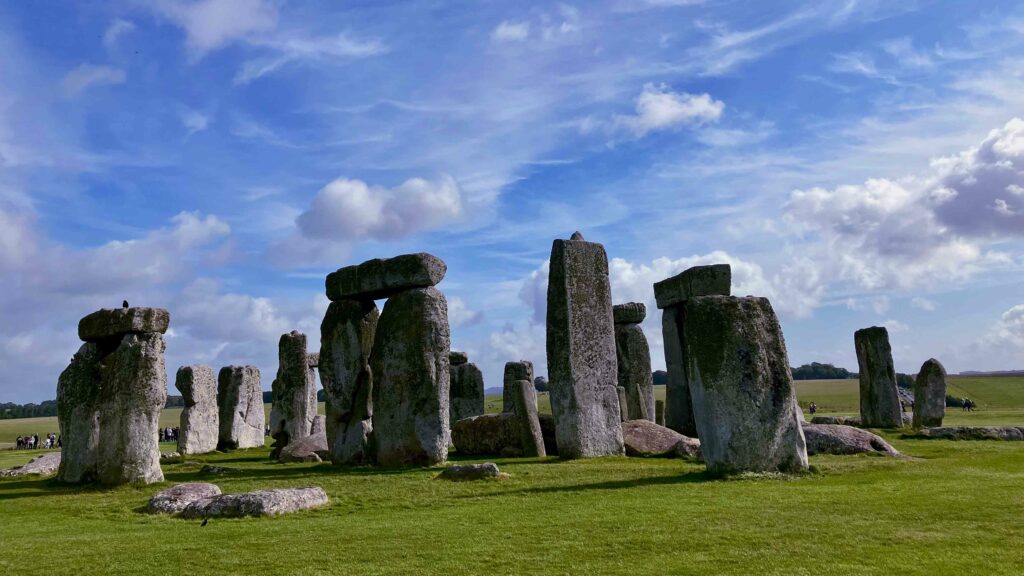
From standing amongst mighty stones we then travelled on to the equally magnificent, but slightly less ancient, medieval Wells. Nestled in the Mendip Hills, England’s smallest city has plenty to engage the curious – it almost reads like a ‘greatest hits’ of what a medieval city should feature. The magnificent Well’s Cathedral has dominated the skyline here since the late 12th century, with an impressively vaulted ceiling and unusual scissor arches supporting the central tower, it’s a remarkable tribute to the skills of the architects and the multitude of stonemasons it took to create it.
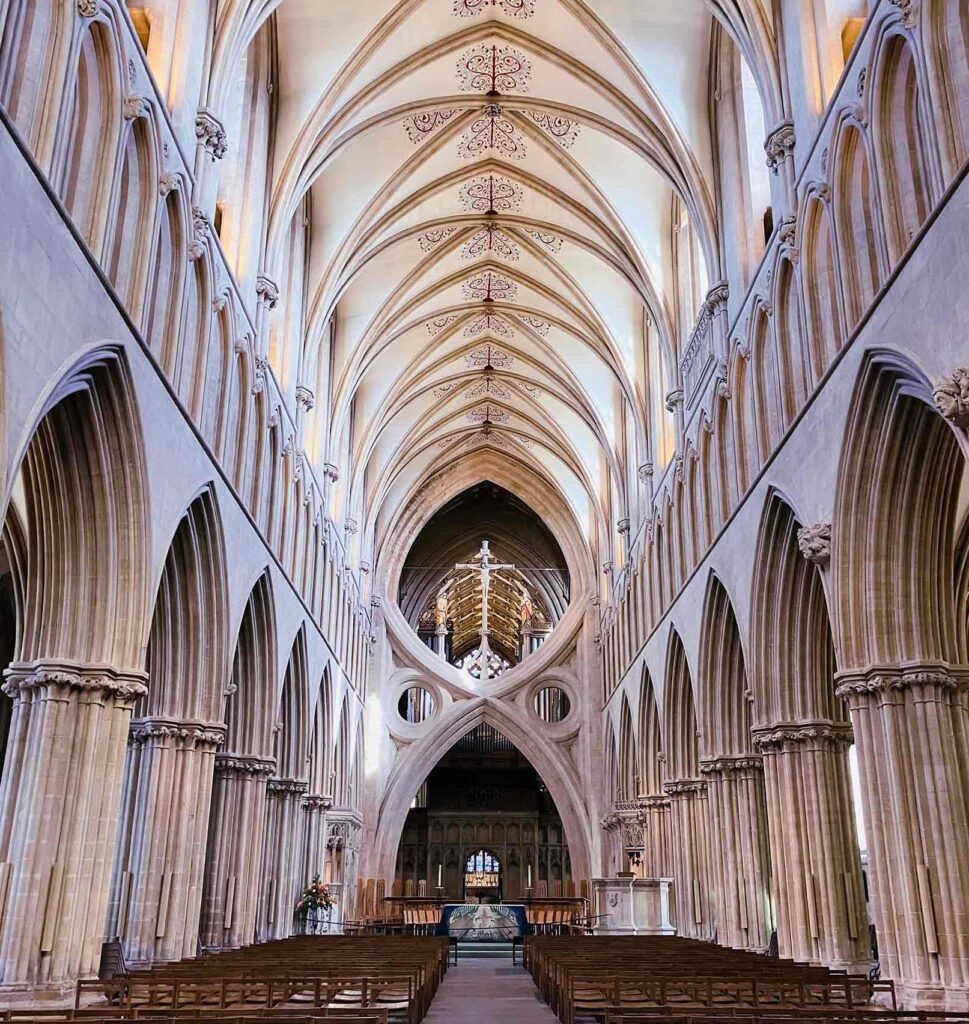
A day full of history gave us all plenty to talk about back at the hotel in Bath and we made the most of the rather funky, but extremely comfortable, lounge to compare notes on what we’d seen over a few very convivial drinks.
The following day was one devoted to travel, with a mixture of methods to take us to our eventual destination of the beautiful Dartmoor National Park. We took the train from Bath Spa station and headed to Bristol Temple Meads – designed by Isambard Kingdom Brunel and servicing the city since 1840 – and then again on to the Devon seaside town of Paignton, part of the English Riviera. It was here that we boarded one of the many highlights of the tour, the Dartmouth Steam Train (it was certainly one of my favourites). There can’t be many more evocative sights and sounds than the swirl of steam billowing around a locomotive, accompanied by the hissing of the engine and plaintive whoop of the whistle.
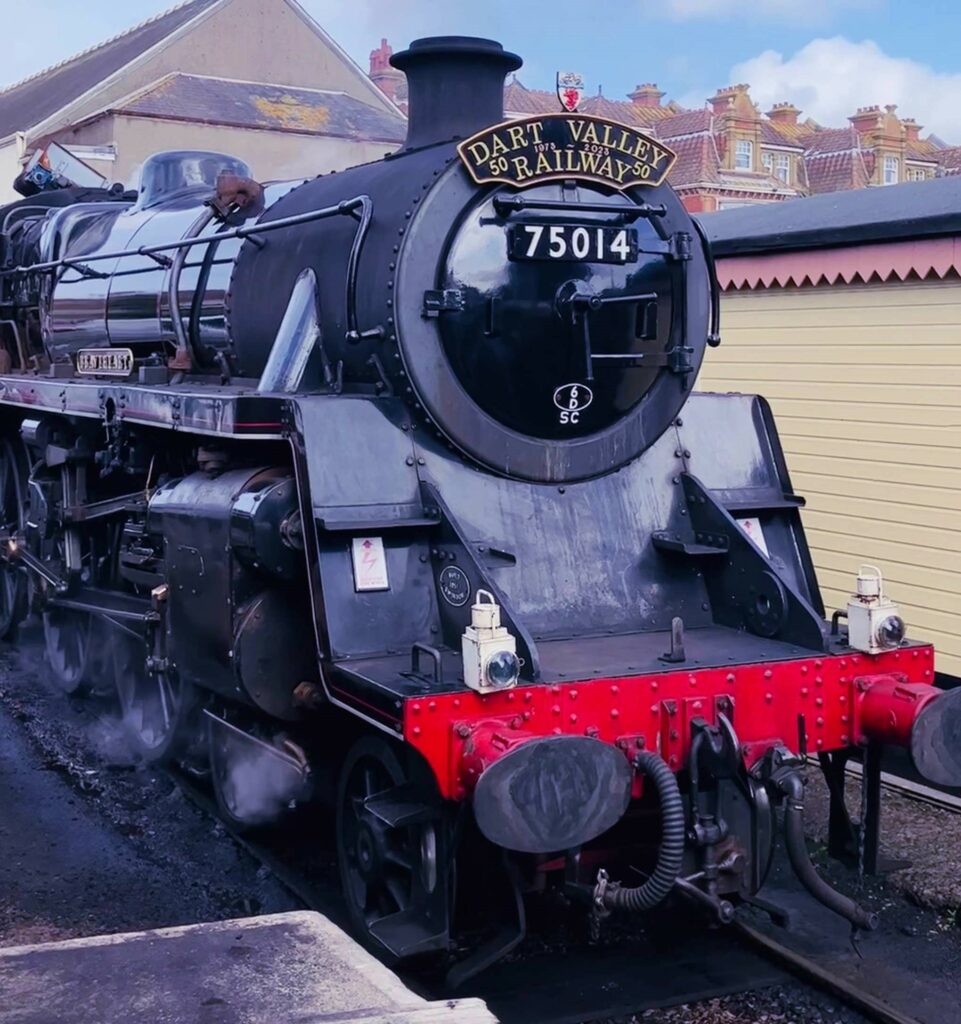
Entranced by the picturesque English countryside as we wended our way past village and coastline vistas, it was easy to feel yourself transported back in this vintage train carriage to a more leisurely and elegant way of travel. After this delightful spell of time-travelling we arrived at Kingswear to catch our ferry for a quick hop across to Dartmouth, a quite lovely town situated on the banks of the River Dart. Even the short ferry trip proved to be an event, as we were all thrilled to spot seals swimming around the vessel and reclining on nearby outcrops.
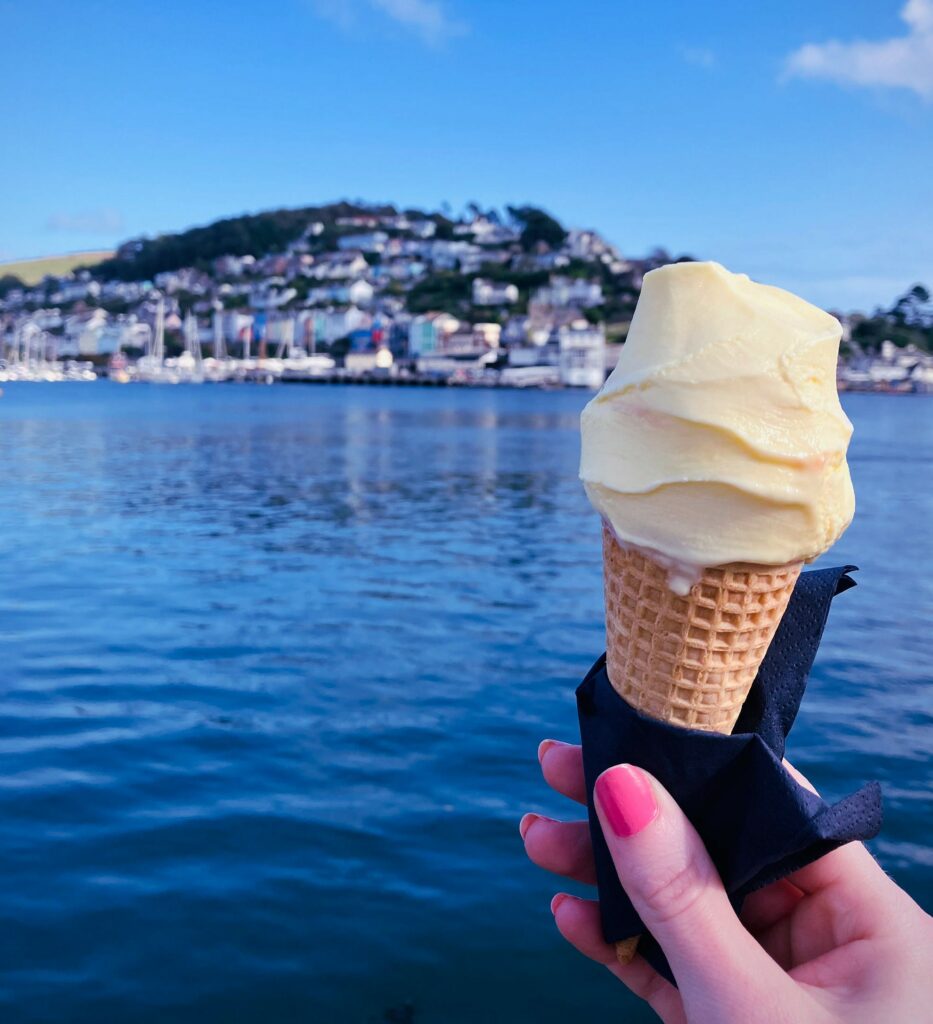
Dartmouth is perfect for pootling around and soaking up a classic English seaside town, with a charming quayside overlooked by rows of pastel coloured houses – it’s an ideal spot for a relaxed bit of lunch and my very traditional repast of fish & chips, followed by a cheeky ice cream, was the perfect accompaniment to our surroundings on a lovely sunny afternoon.
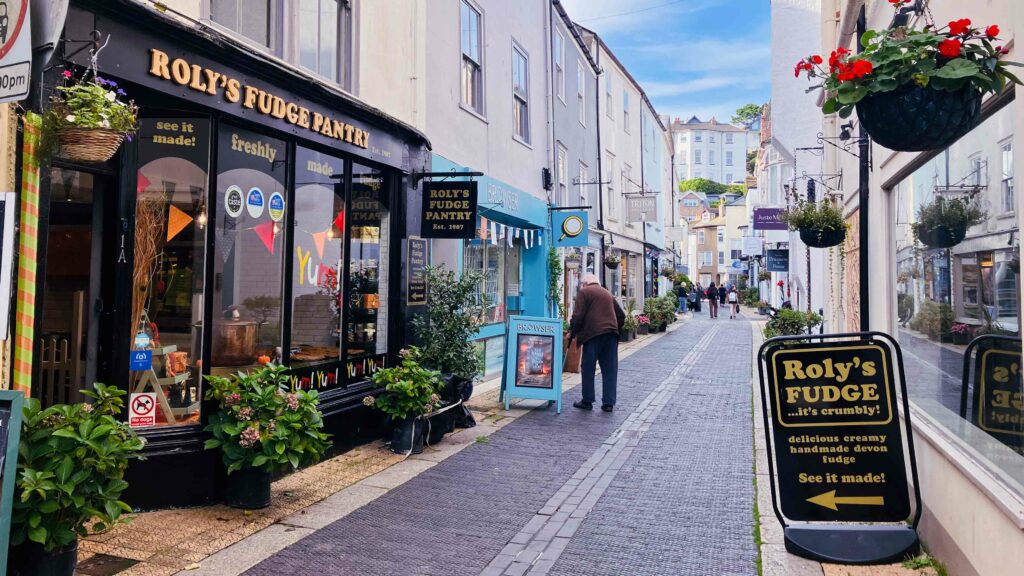
A private coach then took us inland through the rolling valleys of Dartmoor National Park with our drive eventually delivering us to our accommodation for the night and we were all quite stunned as it appeared through the trees – a great hall perched on a low hill, which emanated a genuine sense of grandeur. Though large, the lit fireplaces and cozy ambience meant it was an ideal environment in which to round off such an eventful day. After a delicious dinner I was more than ready to get a good nights sleep among the luxurious comforts of my room.
We boarded our private coach bright and early and began the scenic drive through the park, stopping en route to take in key points of interest. A 14th century clapper bridge provided a unique insight into how people used local materials and no small ingenuity to cross rivers and open up routes of access. With stacks of rocks creating vertical piles on which were laid large flat slabs of granite or schist, they were often located alongside fords in a river where livestock cold be safely crossed. The word ‘clapper’ derives from the Anglo-Saxon ‘cleaca’ meaning ‘bridging or stepping stone’, though some think it could be from the Latin ‘clapus claperius’ which roughly translates as ‘a pile of stones’. Just across from this we spotted a group of Highland Cattle, which was a bit of a surprise so far from their Scottish homelands, but inspired us all to try and capture photos of these wonderful animals.
As part of our travels down to our destination of St Ives, we had the opportunity to pause in Plymouth, a port city with an illustrious maritime heritage. We visited the Box Museum – a fascinating initiative where their vision is described as ‘Reimagining the future through the past’. By preserving the city’s cultural collections, they look to share extraordinary stories to provide a way of exploring the pressing issues of the current age. I could have stayed for hours, as there’s so much to take in and absorb, though not be overwhelmed by it all. It was then into the café for a tasty lunch and a lively chat through all we’d just seen and heard.
A charming short train journey from Plymouth to Penzance allowed us further time to comfortably ruminate, then we were whisked by our coach to St Ives.
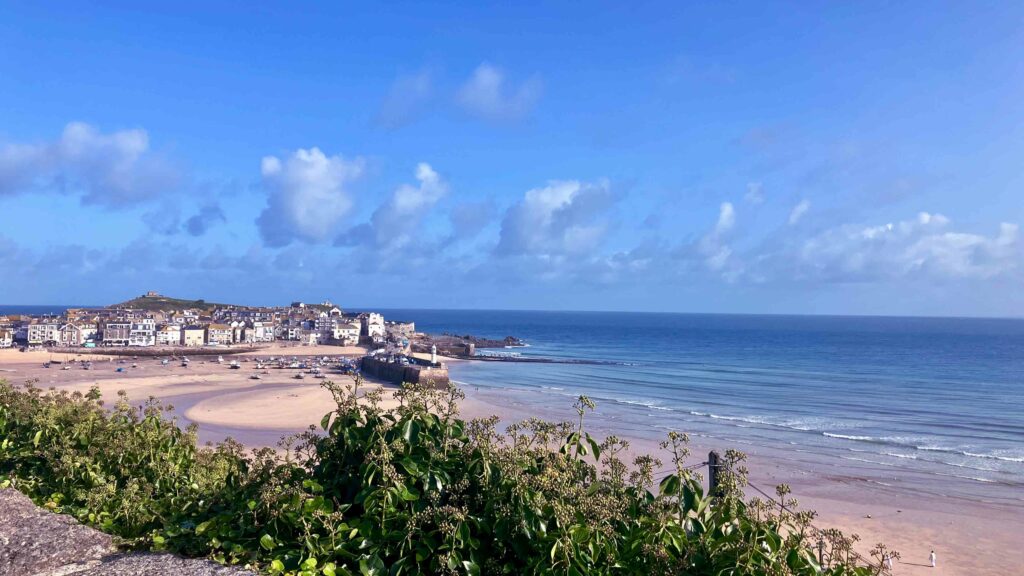
St Ives has been described as a dazzling jewel in Cornwall’s crown and it’s not difficult to see why. It’s harbour, golden beaches, myriad of crafts and independent shops and quaint cobbled streets, has been drawing admiration and inspiring artists for many, many years. We embraced the chance to check into our seaside hotel and then explore for ourselves. Being a bit of an art lover, I had to visit the Tate. An iconic gallery, built on the site of a former gasworks and overlooking the Atlantic, it helps to tell the remarkable story of how a small fishing town became one of the art capitals of the world. Besides showcasing artists that are associated with St Ives, such as Barbara Hepworth, Patrick Heron and Peter Lanyon, the gallery also boasts collections for Picasso, Henry Moore and Turner Prize Winners. Absolute heaven!
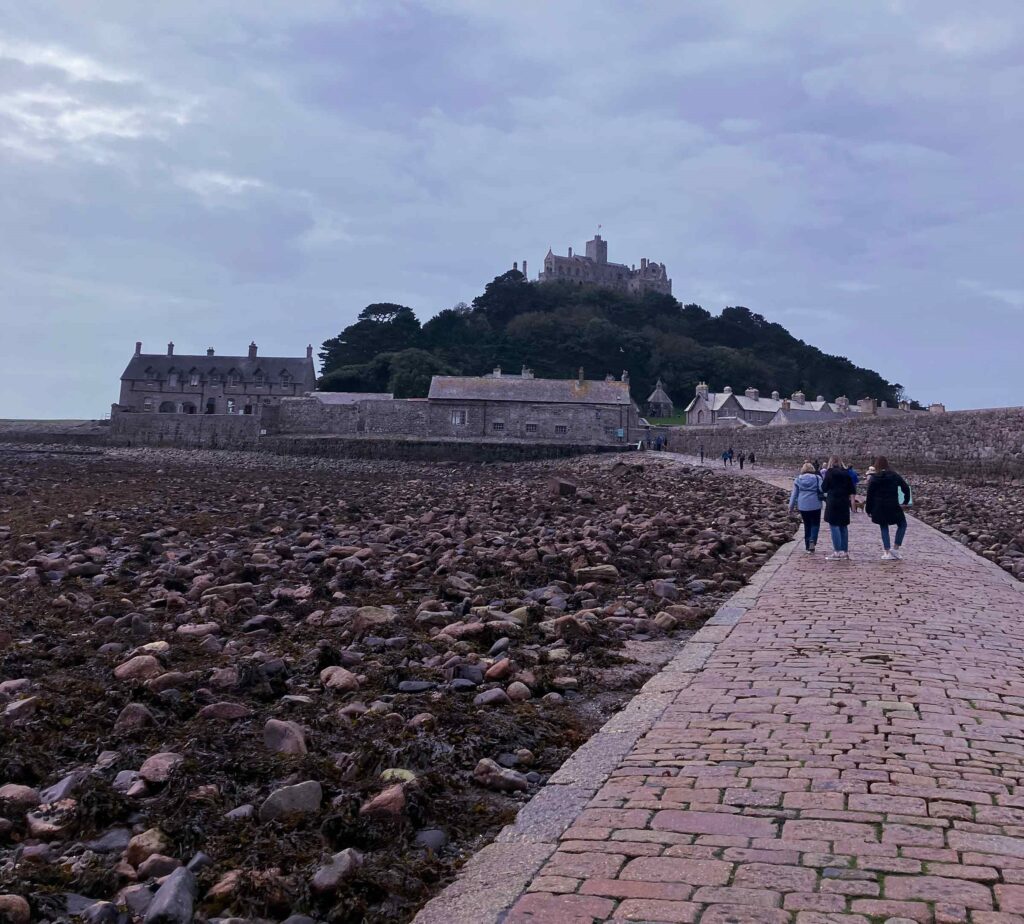
The fifth day of the tour promised to be one of my favourites, exploring the Cornish coastline. We began with a visit to St Michael’s Mount, a tidal island joined to mainland Cornwall by a cobbled causeway. The island is crowned by a spectacular castle, with rows of canons staring out from the battlements out on to Mount’s Bay below. Access to the Mount is dictated by the tides, so getting there and back can be an experience in itself and you can find yourself walking back along the cobbles, with the sea lapping the causeway’s edges.
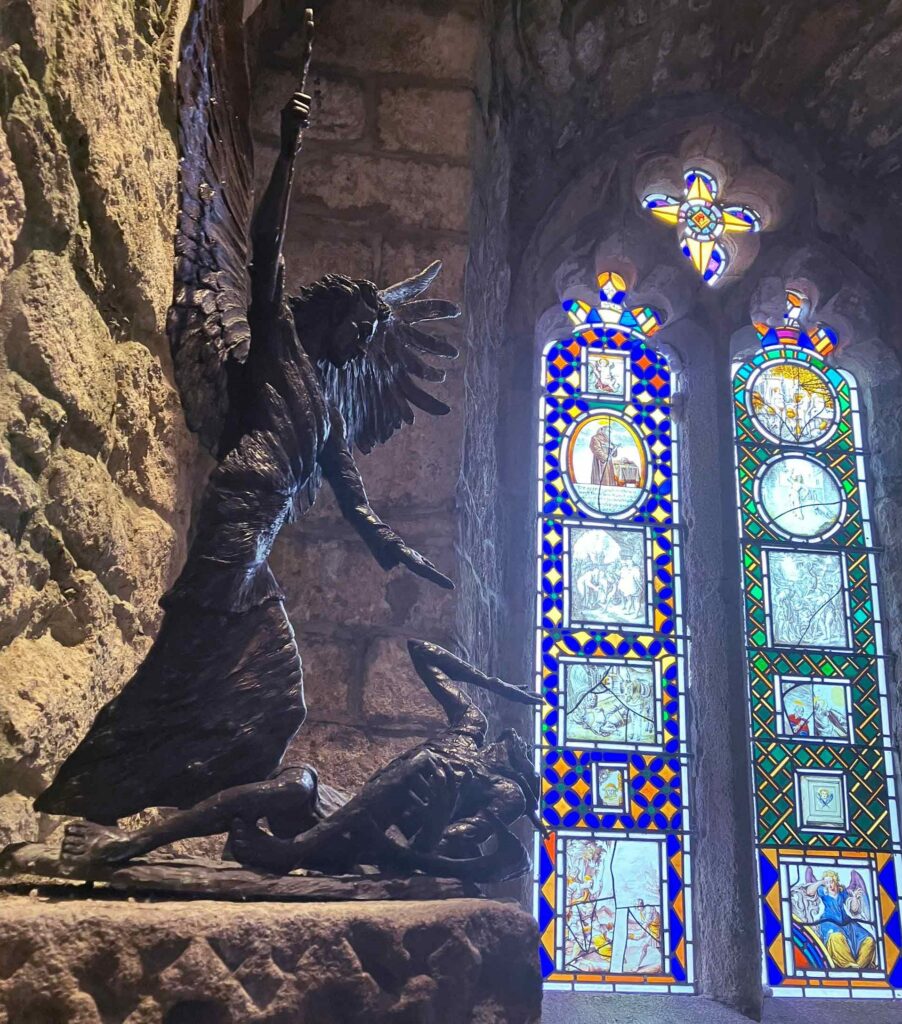
Besides the castle there’s the Church of St Michael & All Angels and a bank of sub-tropical garden terraces that feature many unexpected plants for this location, including agave, cacti and aloe, all clinging to the immaculate patchwork of granite. The market town of Marazion is home to St Michael’s Mount and in itself a wonderful place to spend time and, for those that might find the walk across the causeway a little daunting, has plenty of distractions to occupy – as well as welcoming cafes to sit with a coffee and enjoy the fabulous skyline.
With our coach driver full of local tales and unique insights on our surroundings, greatly adding to the experience, we then enjoyed a meander through Cornwall via a series of visits to Cornish highlights. I was thrilled that we had our first pause in the charming fishing village of Mousehole (it’s pronounced Mowzul by the locals), with its narrow streets and lichen covered houses retaining its own particular character. As a child, one of my favourite books “The Mousehole Cat” featured Mousehole and it was as if those childhood memories had been brought back to vivid life, making for quite a magical experience.
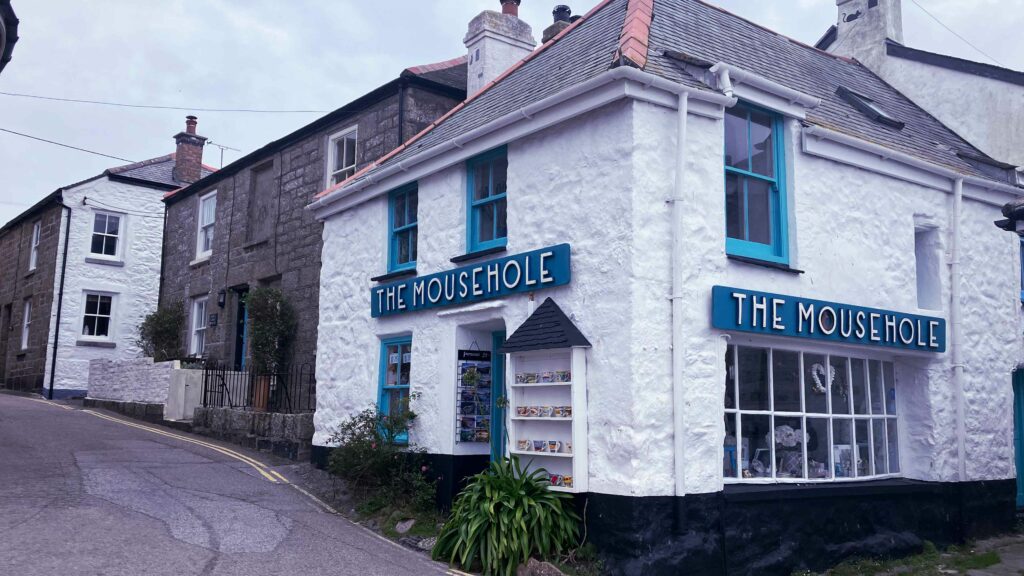
It seems almost a crime to be in Cornwall and not visit Land’s End, it’s an essential photo stop with its famous directional sign post to New York and John O’Groats – though the windswept, rugged cliffs themselves are worth the trip on their own.
From there, and still full of stories, our guide took us through Cornwall’s once proud and vital history of mining. The region was rich in minerals (including Botallackite, a rare supergene copper mineral), and metals such as copper and tin, providing a living for many people in the past. Remnants of the industry are still to be seen and the Crowns Engine Houses are two of the most well-known symbols of this trade, where once over a hundred engine houses drove production, until the fall in metal prices caused them to close. Clinging, almost precariously, to the cliffs in defiance of the sea just yards below, and named after the rocks on which they were built, the Crowns in Botallack are now part of a World Heritage Site. A constant reminder of the hardship and graft required to have made a living from such a tough and dangerous existence.
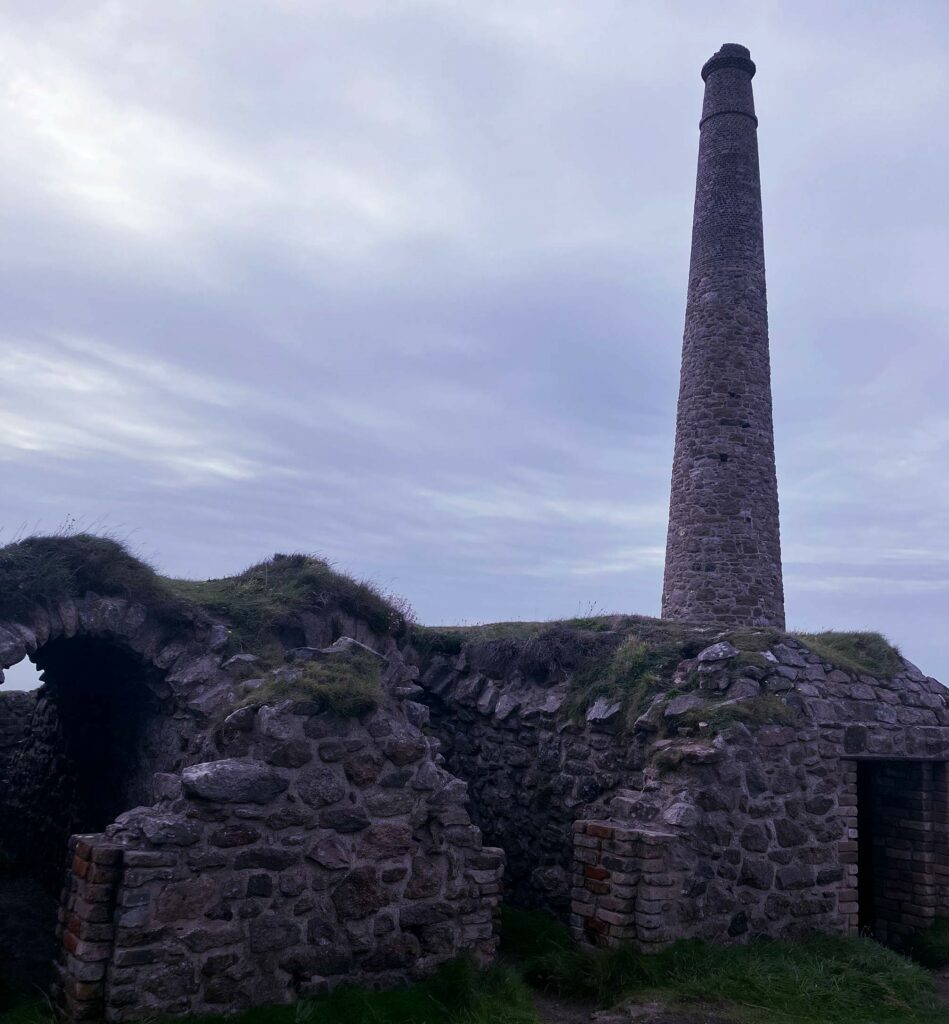
My final day of the trip promised a much more leisurely itinerary, with the opportunity to experience St Ives further, on a walking tour in the company of our local guide. Strolling through the town we were regaled with stories both historic and personal and there was something to surprise, interest and entertain us at almost every corner. For example, local fishermen once thought it was severe bad luck to whistle at night and, that when they caught fish, they could only count them using an old chant in the Cornish language, or run the risk of inviting mischievous spirits aboard. There are also numerous tales of the giant Blunderbore wreaking havoc to the town with his brother Rebecks.
And, as it was my last day, I couldn’t resist a trip back to The Tate and catch what I hadn’t had time to on my previous visit and take in a little more of that glorious view across the bay, whilst some of my travel companions were attracted by the siren songs of the local craft shops, or wanted to amble along the cobbles once more.
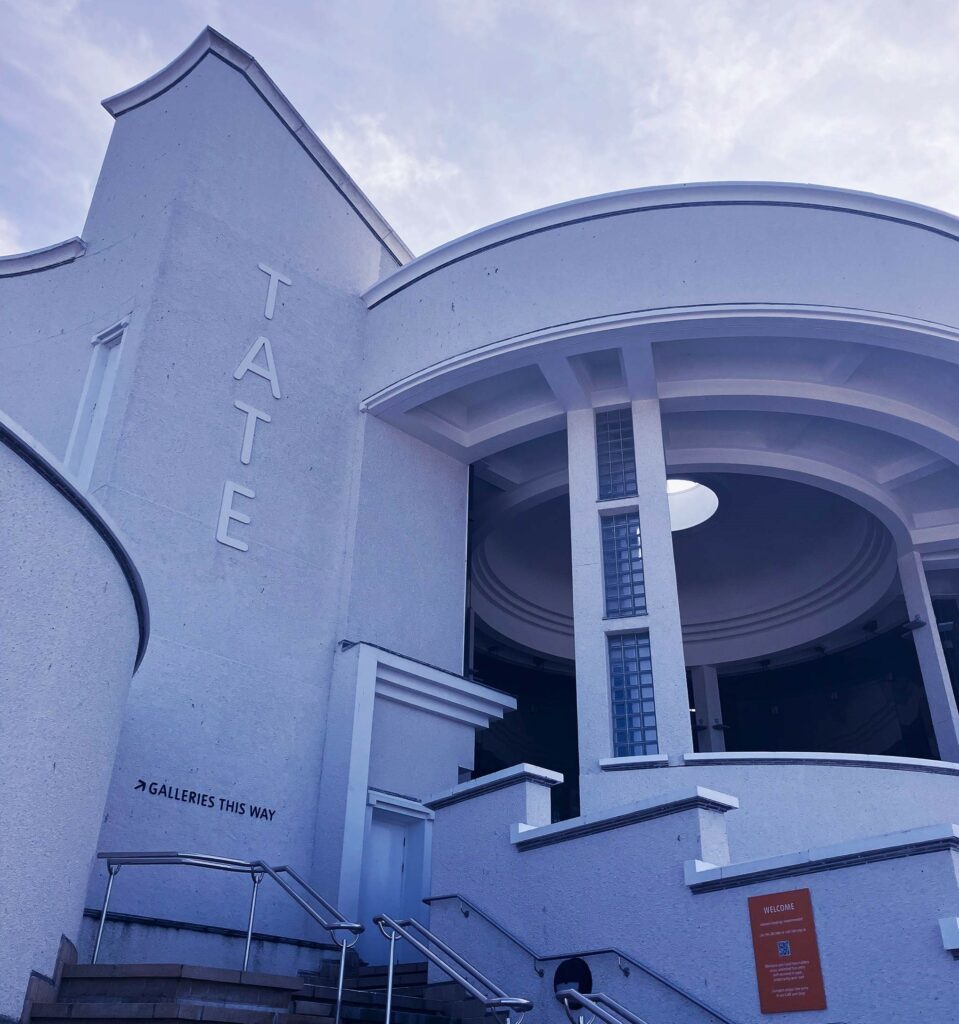
It was the perfect end to what had been a blissful getaway.
I’ve already started to plan my return journey, and this time want to spend it exploring more of Cornwall and uncovering its secrets. Would love to combine this with a jaunt across to the Isles of Scilly and see those white sandy beaches, secluded coves and glorious gardens.
Think there’s even a winery that sounds perfect to drop in on.
Words & Images by Victoria @ McKinlay Kidd
McKinlay Kidd offers a number of holidays to Bath, Devon and Cornwall, including self-drive, public transport and small group guided tours.
If you’re interested in the guided experience I had, book a space on our Bath, Devon & Cornwall Small Group Rail Tour. If you’d prefer to travel self-guided on a road trip take a look at our Devon & Cornwall Road Trip. Or if you’d prefer car-free, we have the option of our Slowly Through Somerset, Devon & Cornwall by Train trip. Do let us know if you’d like to include any of these locations as part of a tailor-made tour. Visit our website for more holiday inspiration.

